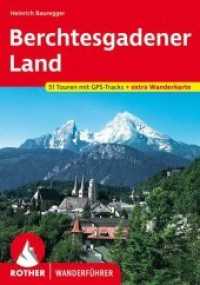Full Description
This is the technical manual for the Universal Talented and Gifted Screener.
Universal Talented and Gifted Screener (UTAGS)
features up-to-date national norms,
is effective with twice-exceptional learners,
includes bias-free items, and
provides a fair assessment regardless of student demographic characteristics.
The UTAGS offers schools a time-saving screener for identifying gifted and advanced learners. Designed to be culturally and linguistically fair, the UTAGS is ideal for schools seeking a nationally normed, statistically sound identification screener. Additionally, the UTAGS includes specific considerations for identifying twice-exceptional learners.
UTAGS is designed to screen potentially gifted students in six important areas of school success:
cognition,
creativity,
leadership,
literacy,
math, and
science.
This theoretically sound instrument provides easily interpretable scores in the IQ metric (i.e., Mean = 100; SD = 15) and identifies student strengths/weaknesses in a quick, accurate, and cost-efficient format. UTAGS provides interpretation norms based on a standardization sample of 2,492 participants from 22 states; student demographics closely reflect the United States population.
The authors also provide a guide for local norming. Assessment fairness was a strong consideration during the UTAGS development, and teacher raters are requested to focus on effective examinee communication strategies rather than addressing the particular language/communication mode employed by the student. Consequently, examinees from other cultures, those who have speech limitations, or those who use nonstandard English are not unfairly penalized.
Ages 5 years 0 months-17 years 11 months
Contents
Chapter 1: Introduction to the Universal Talented and Gifted Screener (UTAGS) Rationale for the UTAGS Description of the UTAGS Uses of the UTAGS Examinee Qualifications Examiner Qualifications Rater Qualifications Chapter 2: Administering, Scoring, and Interpreting the UTAGS Information to Consider Before Using the UTAGS Administering and Scoring the UTAGS Completing the Record Booklet Normative Scores and Their Interpretation Identifying Gifted and At-Risk Students Conducting Intratest Discrepancy Analyses Advocating for Screening and Identifying Twice-Exceptional Students Using the UTAGS Chapter 3: Normative Information Rationale for the Sample Sample Selection Demographic Characteristics of the Sample Stratification of Sample Chapter 4: UTAGS Reliability Internal Consistency Stability Scorer Consistency Conclusions Chapter 5: Validity of UTAGS Results Content-Description Validity Criterion-Prediction Validity Construct-Identification Validity Conclusions Chapter 6: Fairness Test Theory and Fairness Internal Test Characteristics Empirical Evidence of Fairness Considerations for Culturally/Linguistically Fair(er) Assessment Conclusions Chapter 7: Local Norming Two Models Establishing Percentile Ranks Estimating Local Exceptionality Incidence Rates Creating Cut Scores Applying Cut Scores Screening Accuracy Conclusions References Appendix A: Converting Subscale Raw Scores to Percentile Ranks Appendix B: Converting Subscale Raw Scores to Index Scores Appendix C: Converting Sums of Index Scores to General Aptitude Index and Percentile Rank Appendix D: Professional Diagnostic Report for Fictional Case Demarcus About the Authors








